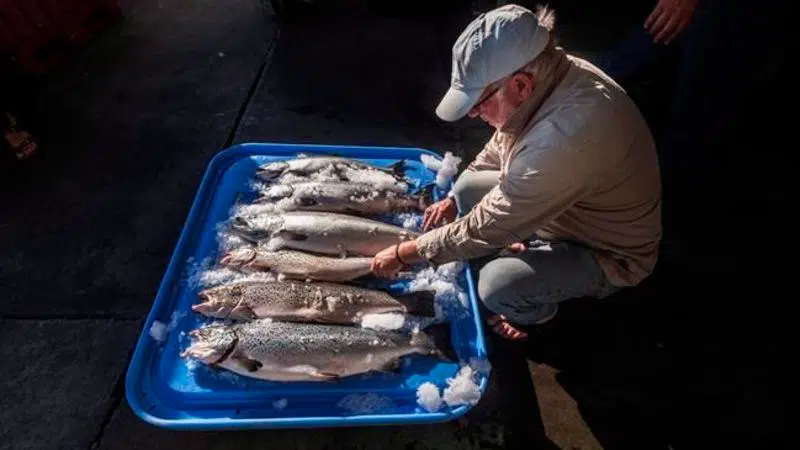
Fish farm deaths, escapes raise concerns about Atlantic aquaculture industry
ST. JOHN’S, N.L. — A mass salmon die-off at a Newfoundland fish farm last month has highlighted environmental risks and transparency issues facing the region’s growing aquaculture industry as some Atlantic provinces pin economic hopes on its development.
Northern Harvest Sea Farms, owned by the Norwegian company Mowi, attributed the deaths to an extended period of high water temperatures, between 17 and 21 degrees Celsius.
Spokesman Jason Card said an undetermined number of salmon suffocated from lack of oxygen as they clustered together in an attempt to reach cooler waters at the operation on Newfoundland’s south coast.
An exact number of dead salmon will be reported in the company’s annual report, but Card could not say when the count would be complete, given the time-consuming work of gathering the dead fish from the sizable pens.
